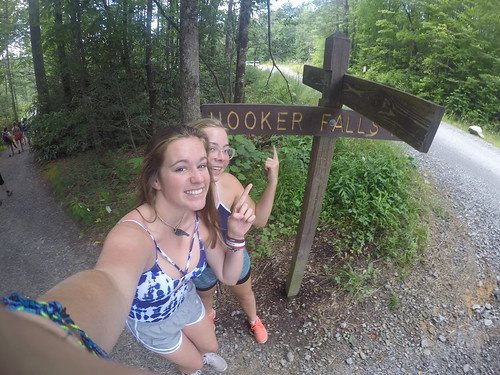t 173 Pellioditis PellF PellR 161 Pelodera PeoF PeoR 189 Rhabditella RhaF RhaR 198 Anatonchus AnF AnR 188 Aporcelaimellus ApoF ApoR 222 Ceratoplectus CplecF CplecR 190 LY-2940680 web Acrobeloides/Cephalobus GUF AcCR 121 Anaplectus GUF AnaplR 93 Mesodorylaimus GUF MeR 95 Eucephalobus GUF EuR 118 F, forward primer; R, reverse primer. doi:10.1371/journal.pone.0030973.t002 PubMed ID:http://www.ncbi.nlm.nih.gov/pubmed/22180813 nematodes identified at the field site. Sequence divergence between the genera was sufficient to allow two unique primers to be used in seven cases. It was not possible to design unique primer pairs that also satisfied the desired criteria for qPCR for the remaining four genera Anaplectus, Mesodorylaimus, Eucephalobus and Acrobeloides/Cephalobus. For specific detection of these genera, one common forward primer was used in combination with a unique reverse primer. All primer pairs were tested initially in a standard PCR using template DNA from single nematodes of the corresponding genus and subsequently using DNA prepared from a random pool of 200 nematodes from the field site. A single, unambiguous sequence matching the expected genus was obtained for each product amplified from pooled DNA, confirming the specificity of the primers. In qPCR, dissociation curves exhibited identical single peaks when using template DNA from either single or pooled nematodes. The final verification of the specificity of the primers centred on discrimination achieved by the qPCR primer pairs for Acrobeloides/Cephalobus and Eucephalobus which have highly similar SSU gene sequences. No cross amplifications were detected when Eucephalobus specific primers were used for amplification from Acrobeloides/Cephalobus genomic DNA, or when Acrobeloides/Cephalobus specific primers were used on Eucephalobus DNA. In both cases no threshold cycle value was recorded using template from non-target species after 40 PCR cycles in contrast to Ct values of,30 cycles for the target sequences. Once the specificity of the primers for the nematode community under study was determined, it was necessary to 4 Transgenic Potatoes for Cyst Nematode Control relate the quantity of product from qPCR to that for a single nematode of each genus. This was achieved in two steps by first using the mean DNA content per nematode from qPCR analysis with Aphelenchoides as an arbitrary calibrator. A subsequent minor adjustment was then made from relating parallel morphological counts to qPCR-based abundance data of mixed nematodes in replicate soil samples. had a low abundance in soil used for the containment trial but was not detected in subsequent field samples. Determination  of EI and SI values by qPCR during containment and field trials Soil was collected from the site of the future field trial for use in a containment trial set up to assess effects of the transgenic lines on the soil nematode community. Included in this trial were transgenic potato lines expressing either a cystatin or the chemodisruptive peptide, wild-type cv. Sante and Desiree and oil seed rape plants. The nematode faunal analysis for the containment soil prior to planting gave an EI = 48.069.8 and SI = 23.169.2. Differences from these initial values are given for each type of plant, at either flowering time or harvest, in the upper panels of Validation of the qPCR measurement of nematode faunal indices The qPCR-based method of determining nematode faunal indices was validated using soil samples taken from the field trial.site in autumn following a potato crop. Nematodes wer
of EI and SI values by qPCR during containment and field trials Soil was collected from the site of the future field trial for use in a containment trial set up to assess effects of the transgenic lines on the soil nematode community. Included in this trial were transgenic potato lines expressing either a cystatin or the chemodisruptive peptide, wild-type cv. Sante and Desiree and oil seed rape plants. The nematode faunal analysis for the containment soil prior to planting gave an EI = 48.069.8 and SI = 23.169.2. Differences from these initial values are given for each type of plant, at either flowering time or harvest, in the upper panels of Validation of the qPCR measurement of nematode faunal indices The qPCR-based method of determining nematode faunal indices was validated using soil samples taken from the field trial.site in autumn following a potato crop. Nematodes wer
